What have you done in your life that has been a ‘labor of love?’ The phrase is defined as ‘productive work performed voluntarily without material reward or compensation,’ and it’s usually something you really enjoy doing. Childbirth is literally a labor of love (not high on the enjoyment list), as is parenting and grand-parenting. Coaching youth sports, caring for an elderly family member, volunteering for a food bank or the Red Cross, or making quilts for those in need are just a few examples of how a person engages in a ‘labor of love.’
Although my last five posts have been from our very warm time in Texas over Christmas and New Years (with a couple more ‘warm’ posts to go), I want to let all the snow-starved people know that central Minnesota has been staying cold and snowy since before we left for Texas in the middle of December…

…until we got back in January…

…until now.
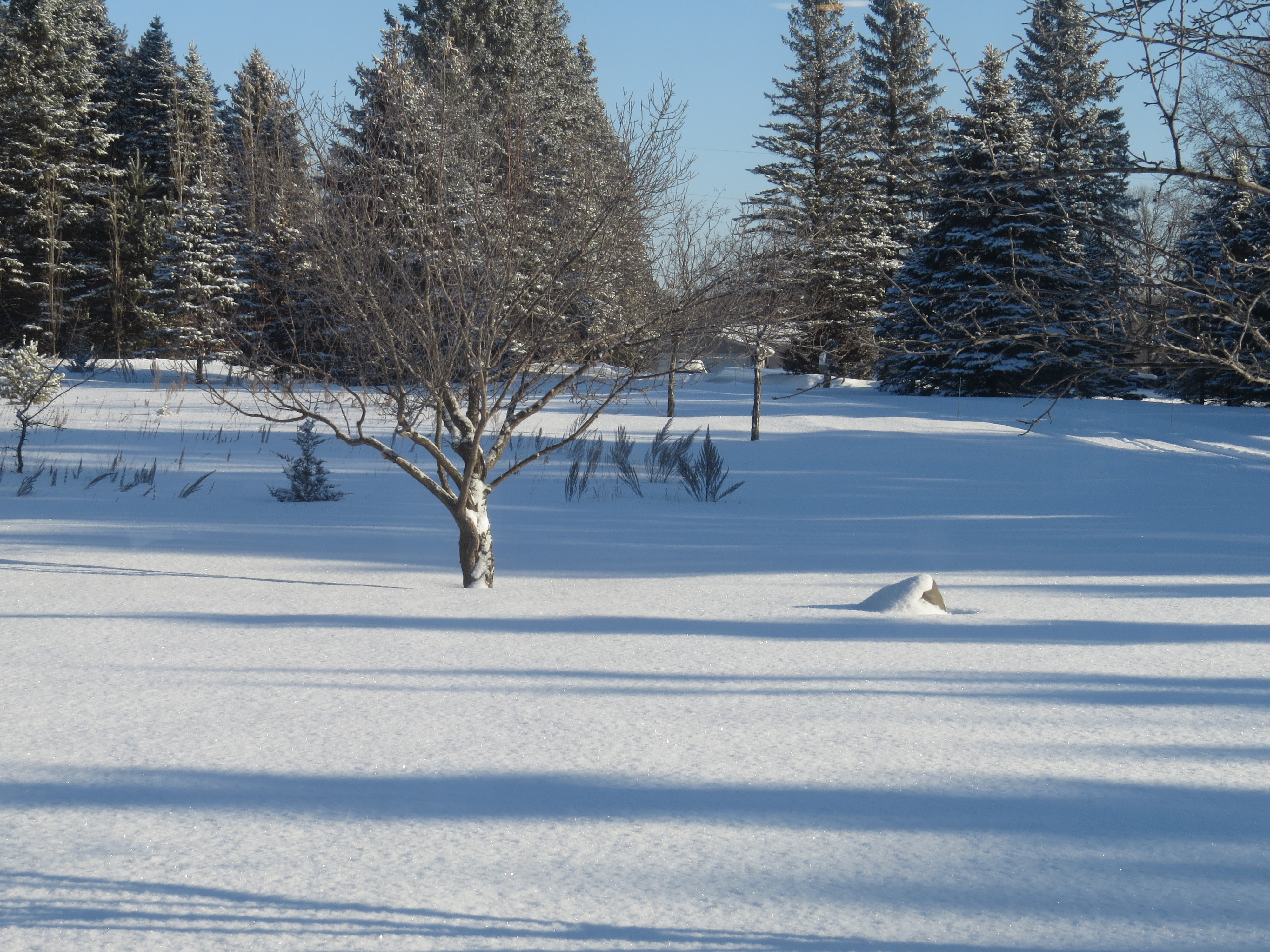
It makes the contrast of writing about palm trees, agave plants, and bamboo all the more stark as I look out the windows at deep snow and snuggle in my fleece. The Cactus and Succulent Garden is a part of Zilker Botanical Garden in Austin, and while a previous freezing night had the staff scrambling to cover blooming bedding plants, it was quite a wonder to be wandering through a botanical garden in January!

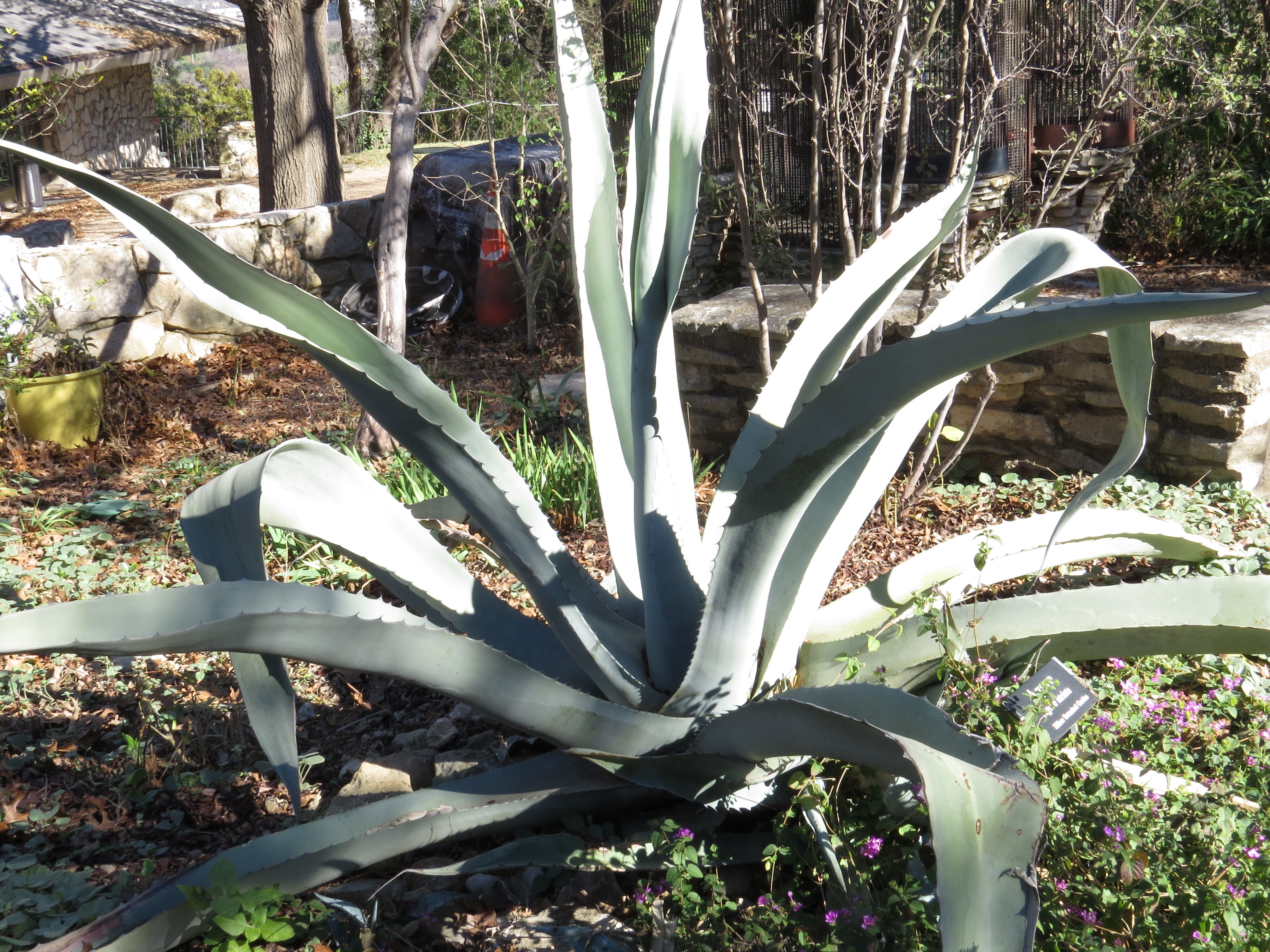
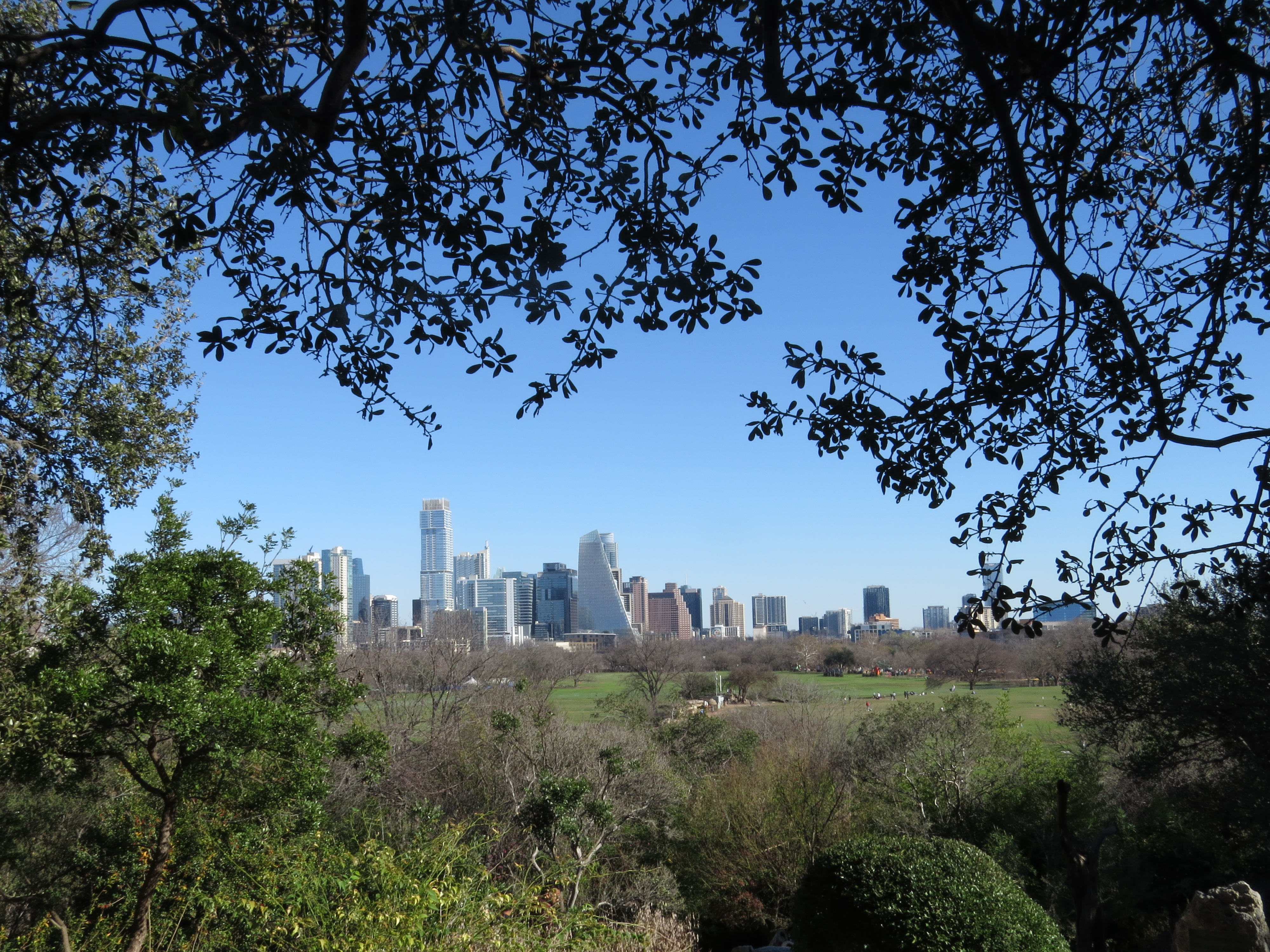
The most intriguing area was the Taniguchi Japanese Garden. It was built by Isamu Taniguchi when he was 70 years old on a three acre hillside in the relatively new public garden. He worked for eighteen months with no contract or salary—a true labor of love. The garden opened in 1970.
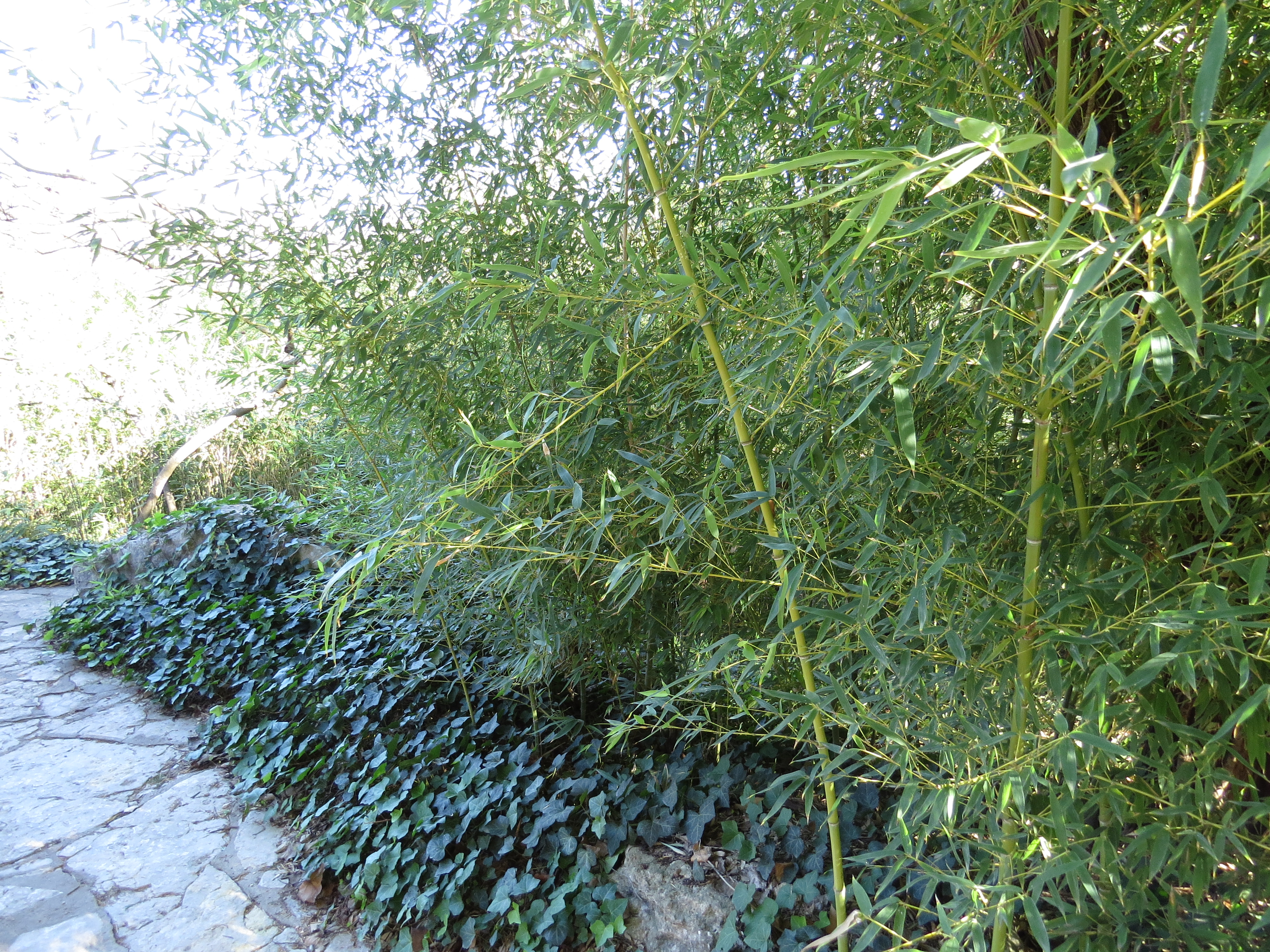
The three main components of a Japanese garden are water, rocks, and evergreen plants. While Western gardens are mostly constructed for visual appeal, Japanese gardens center around spiritual or philosophical ideas. Taniguchi wanted all who entered to feel peace, and that is coming from a person who experienced the upheaval of internment after the start of World War II. The garden contains a series of ponds with a connecting stream flowing through them, waterfalls, rock structures and sculptures, evergreen shrubs and plants, bridges, pathways, and pops of color from brilliant Japanese Maples.
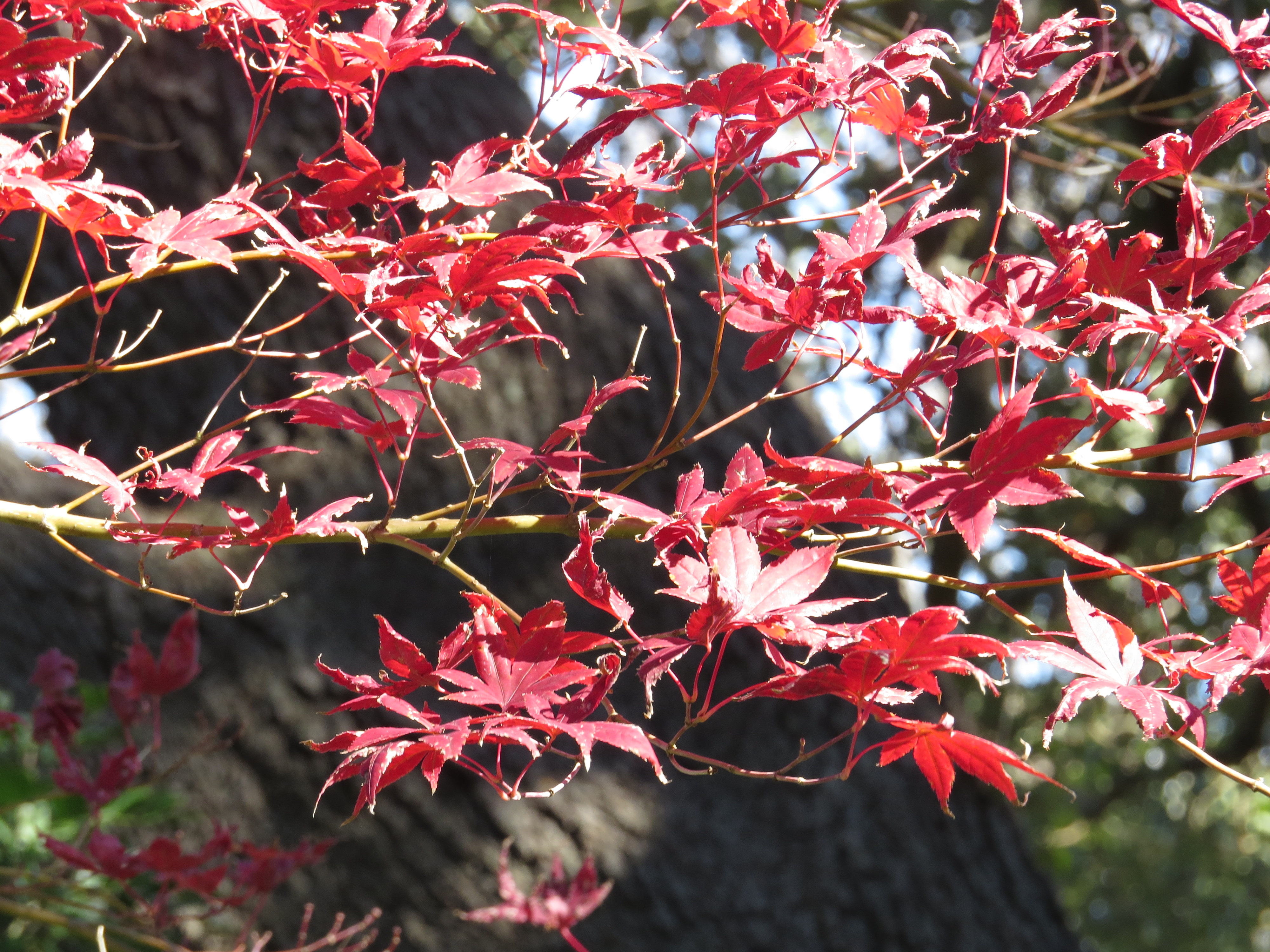
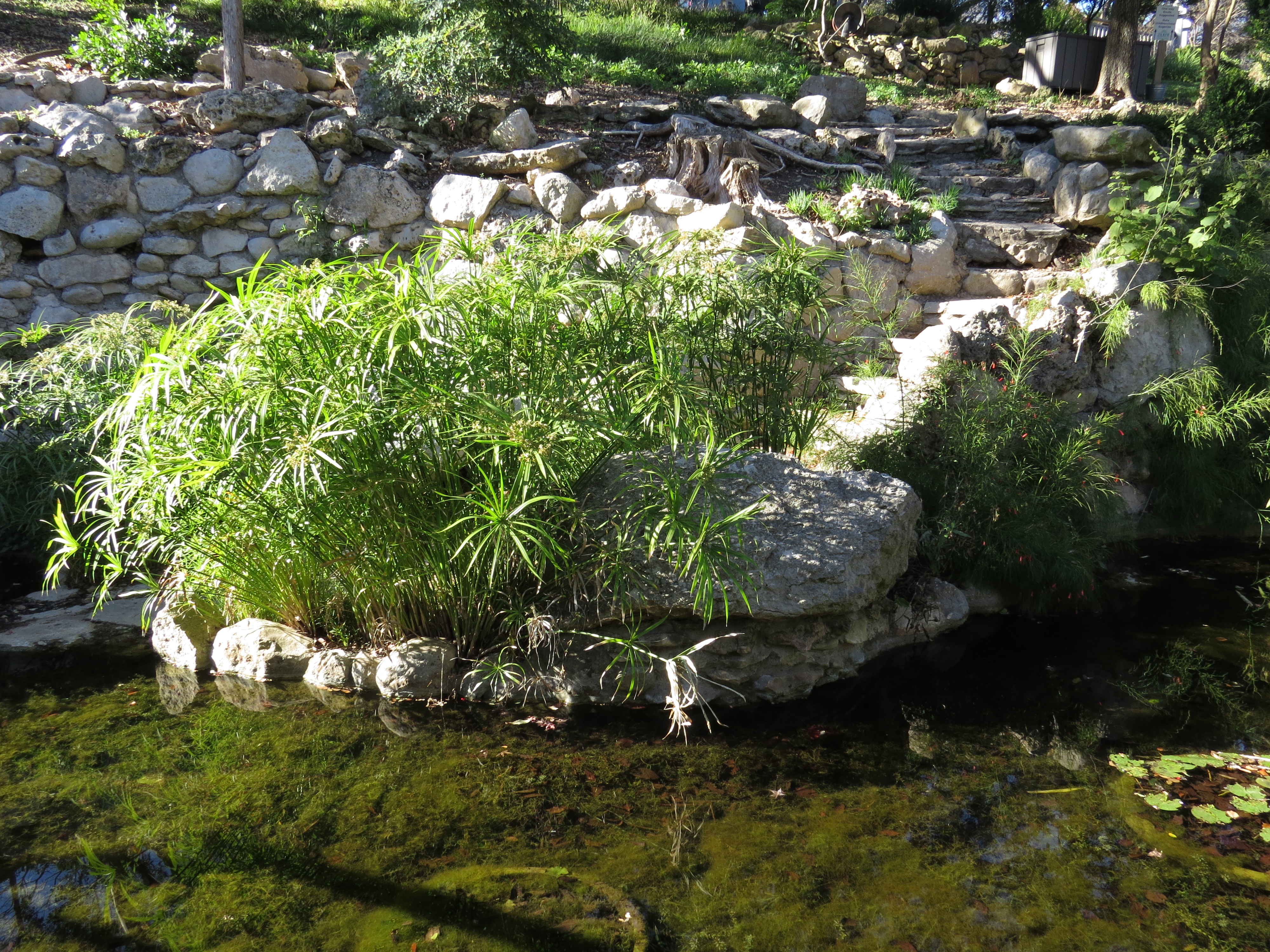
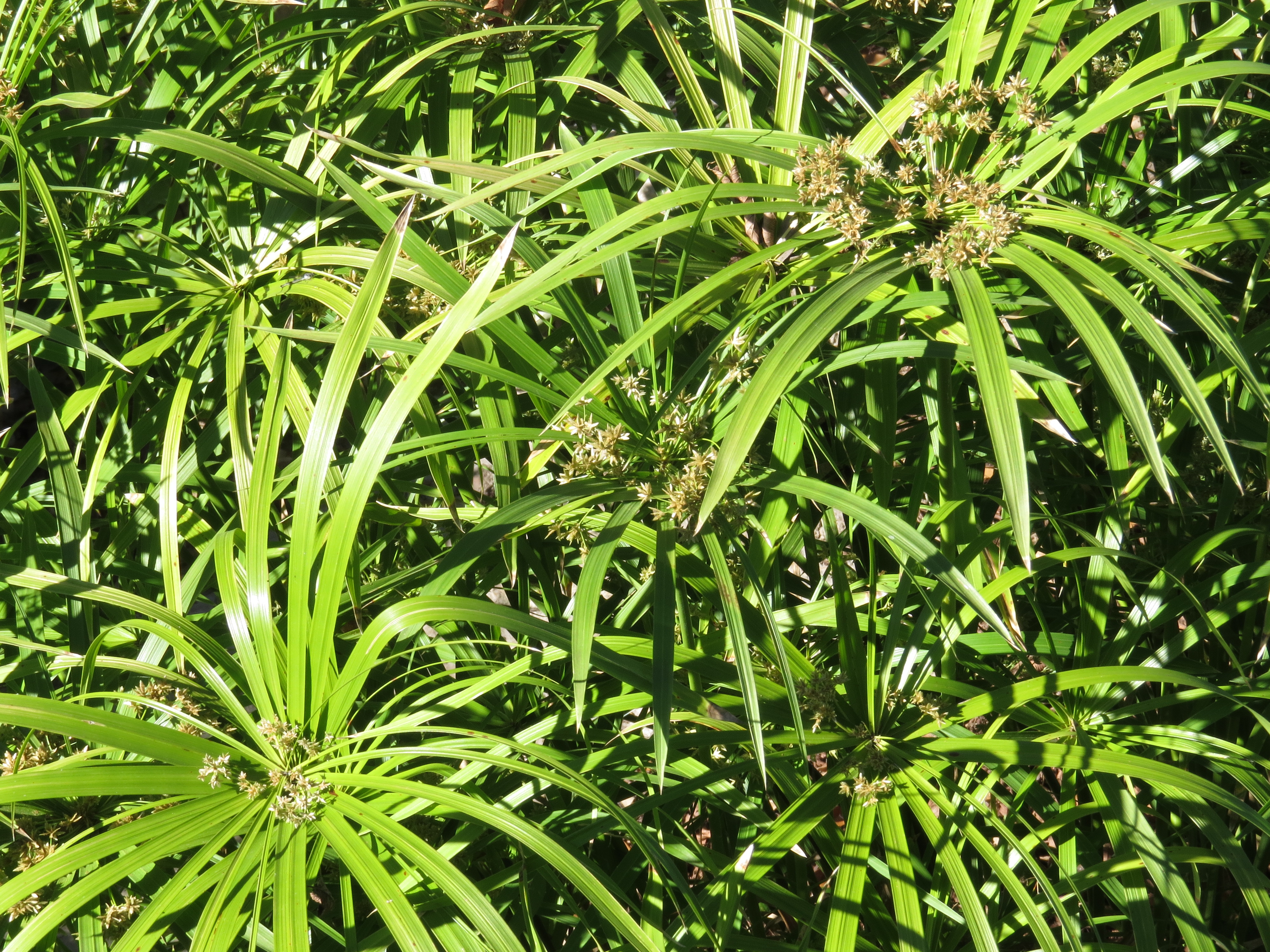
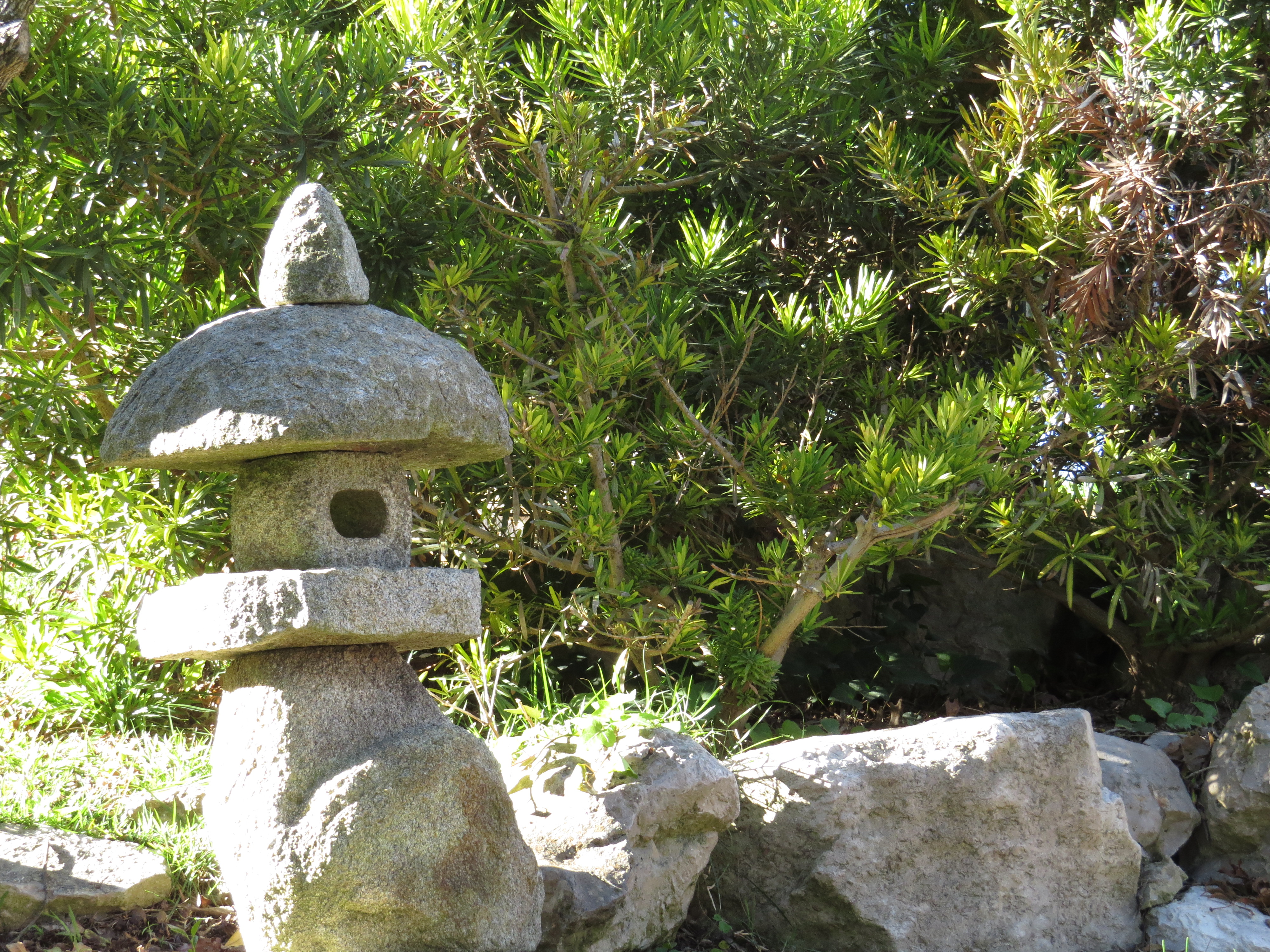
One pond, under the watchful eye of a heron sculpture, was the home of a school of colorful Koi fish. They were eager to see if we had any food for them.
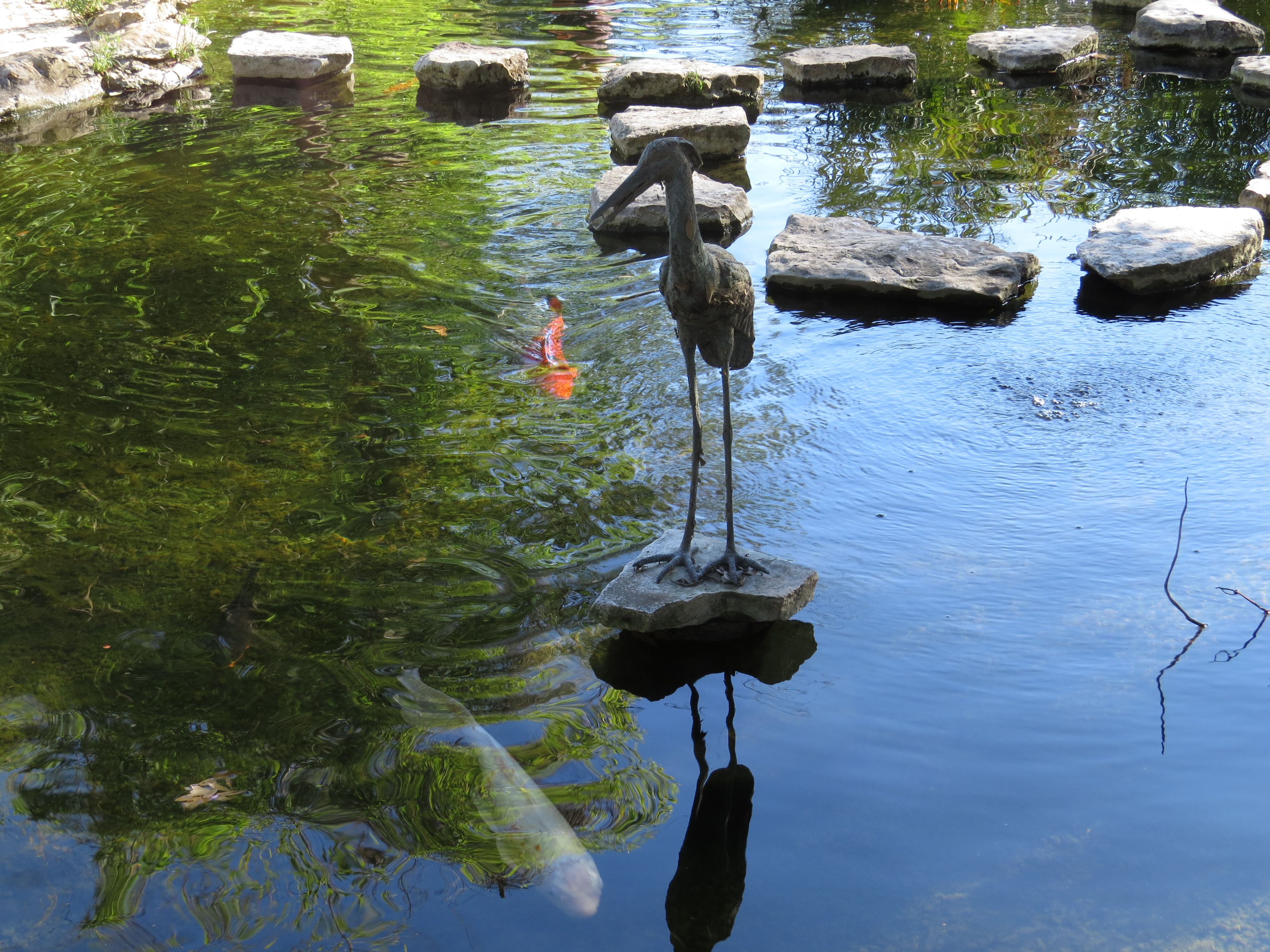
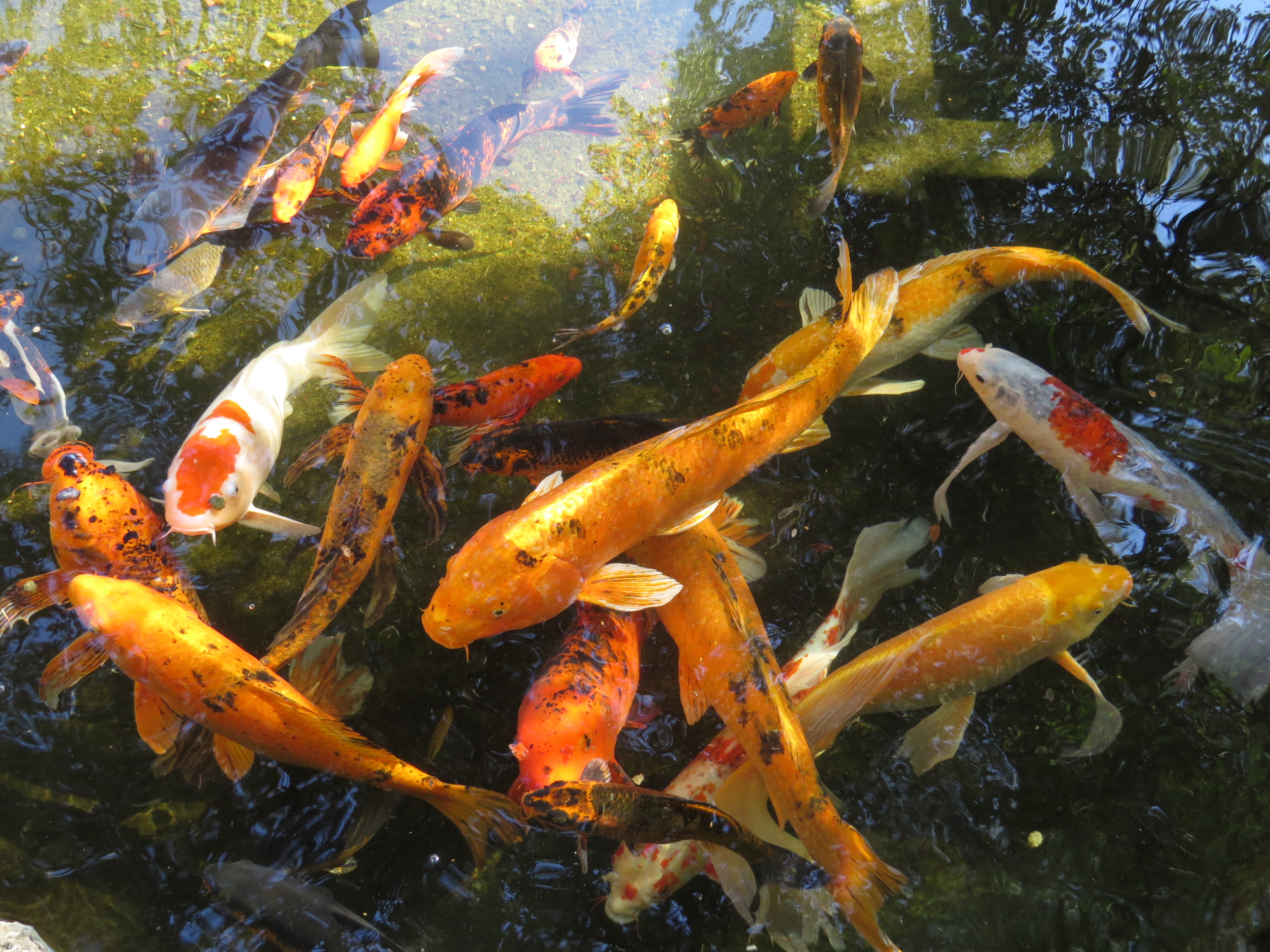

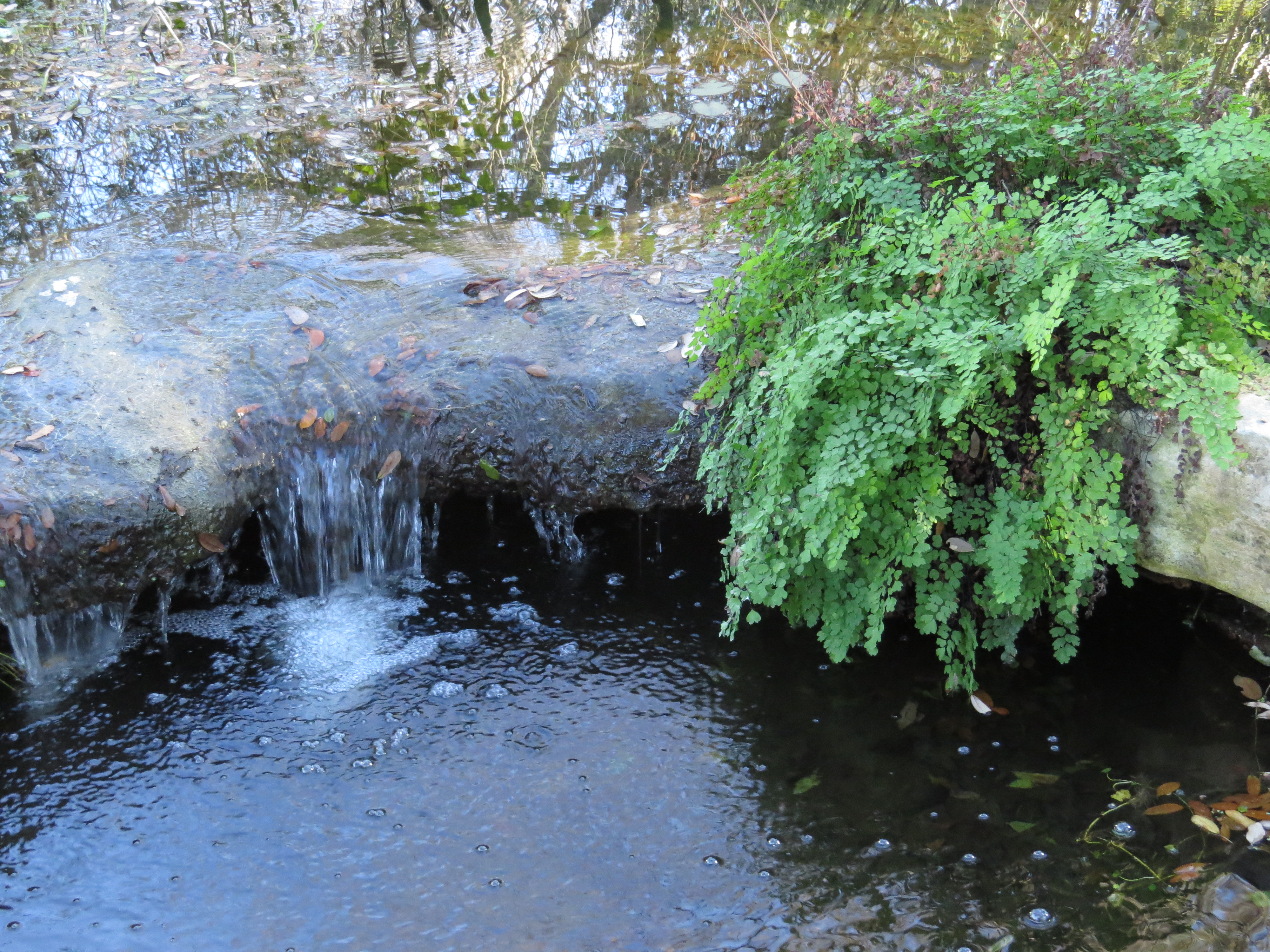
Another beautiful garden is the Hartman Prehistoric Garden. Petrified wood, Palmetto Palms, waterfalls, ancient Bald Cypress and Gingko trees, and an impressive dinosaur sculpture made for another-worldly experience.
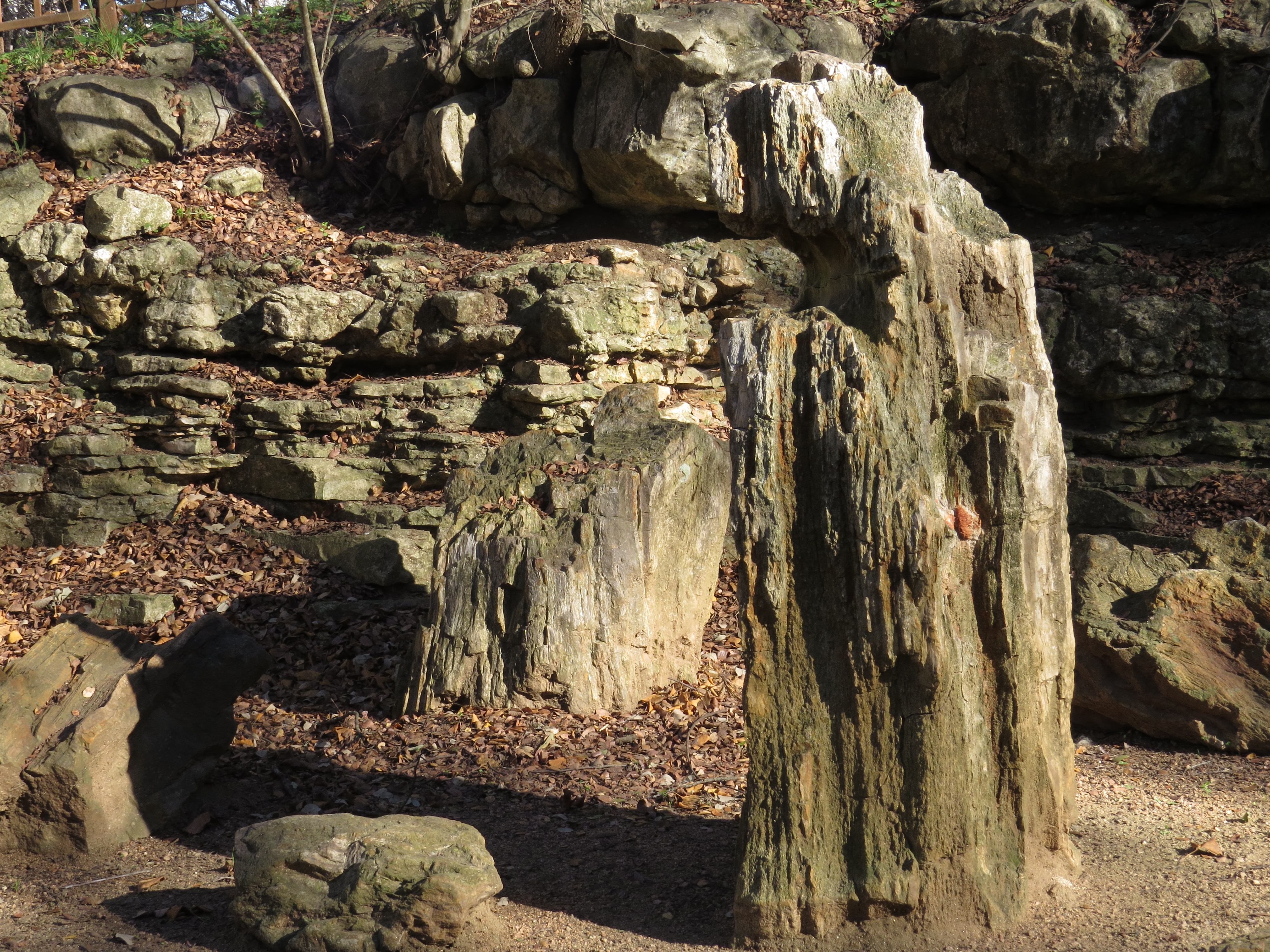
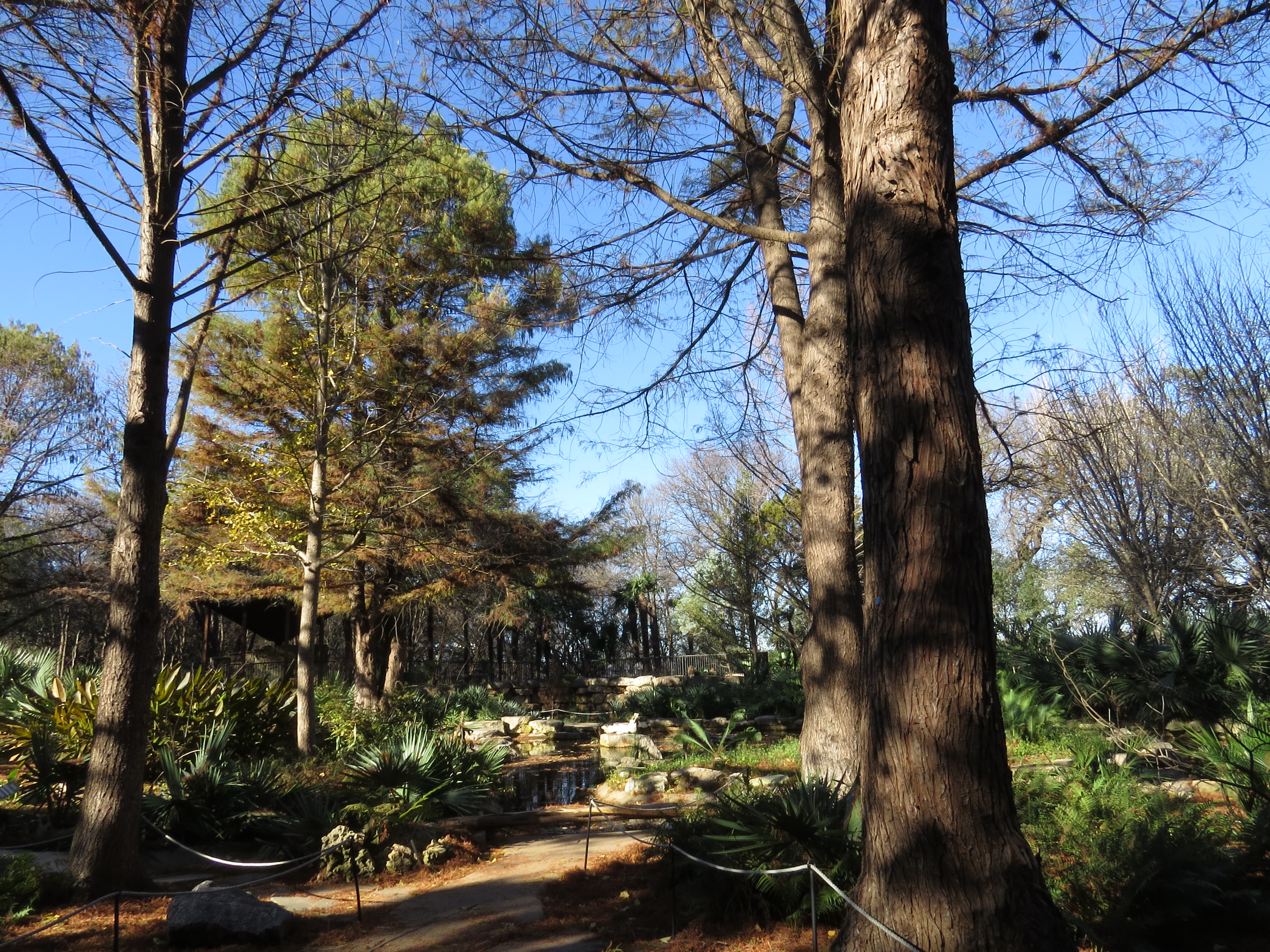
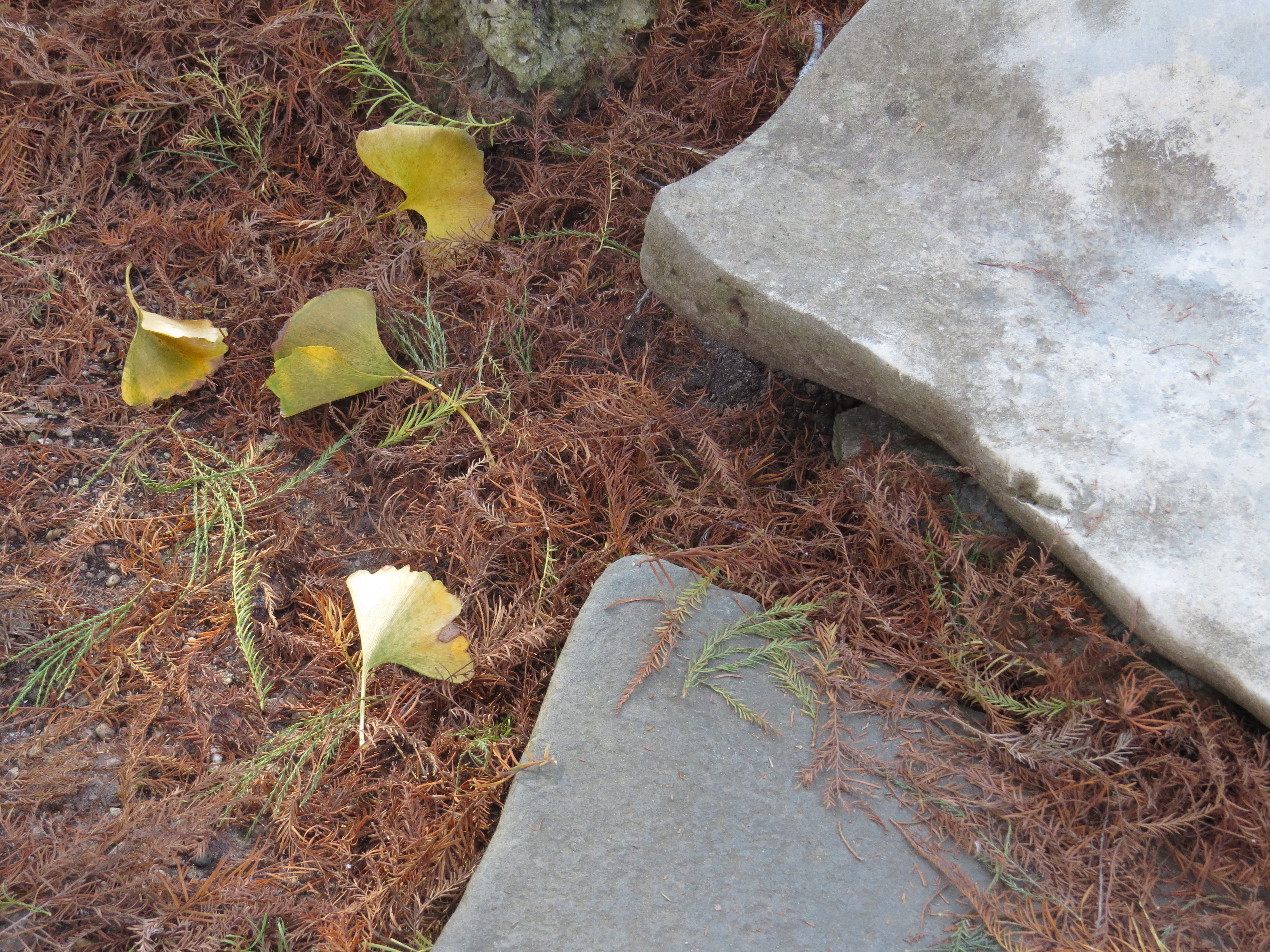

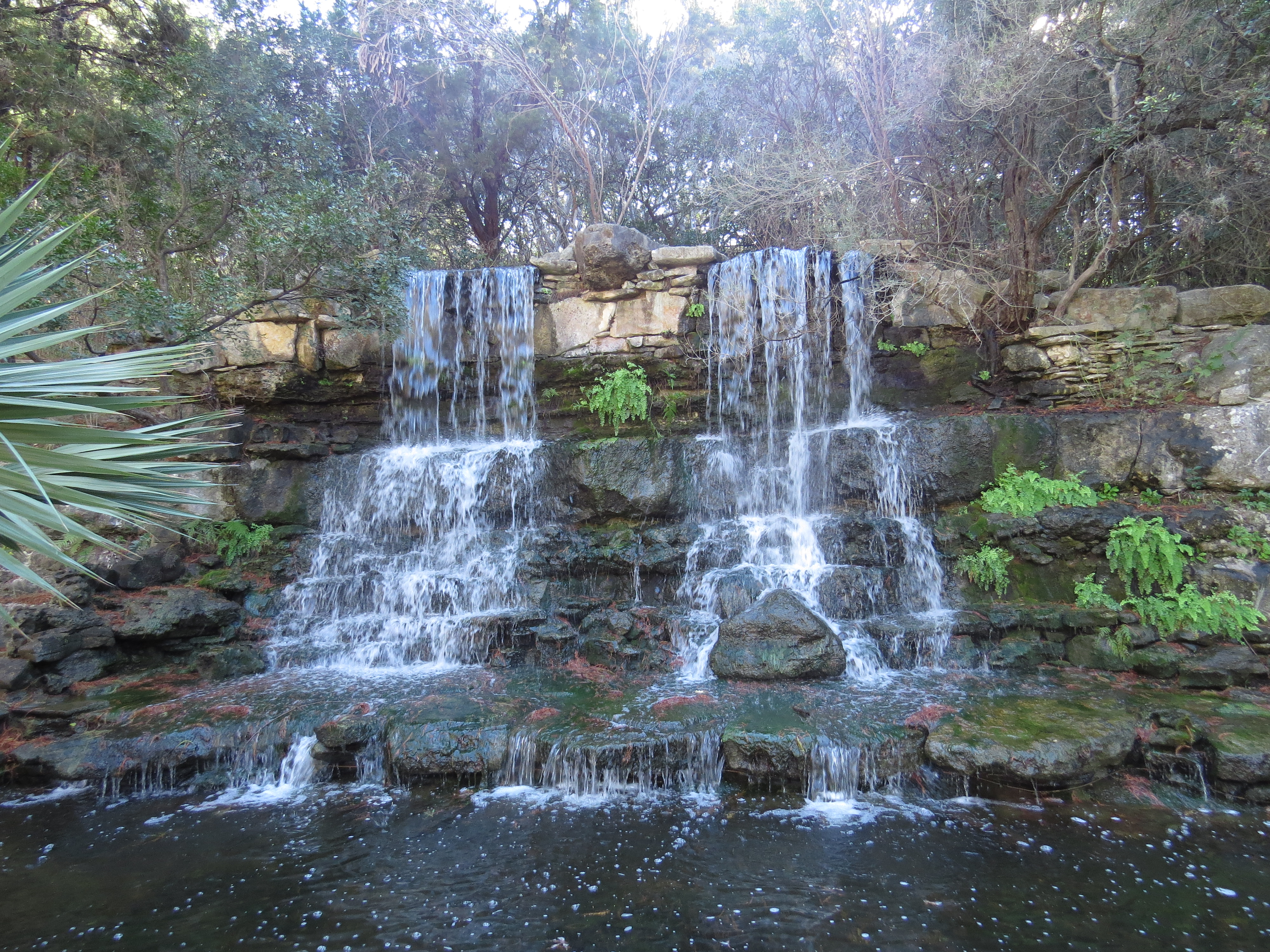
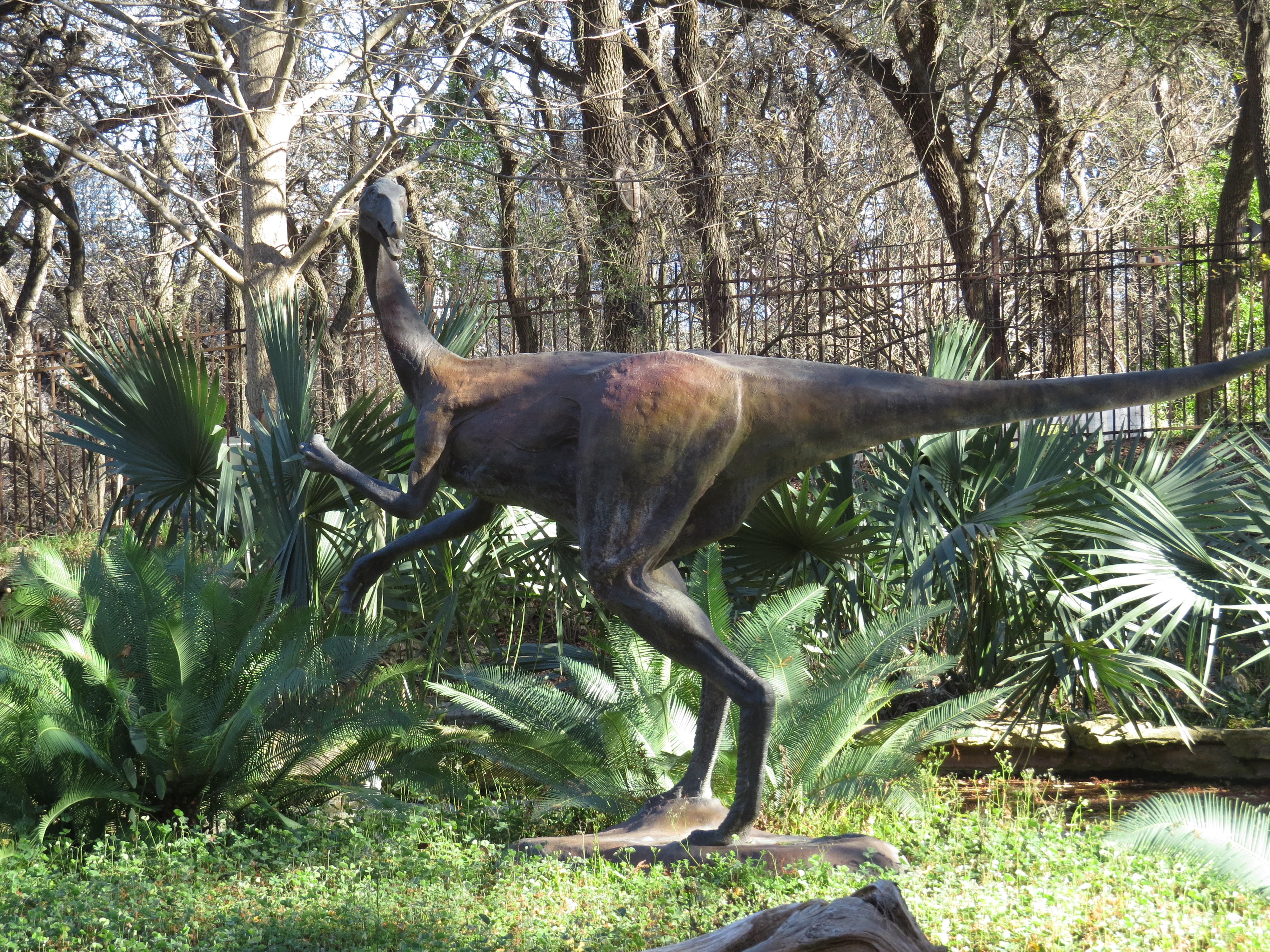
As a Northerner who loves snow and cold, it was an extraordinary time to spend those weeks in Texas where, most of the time, it was even warmer than their normally warm Winter weather. Walking through a botanical garden two days after the New Year was surreal and beautiful. Gardening is usually a labor of love, but designing and building a three acre garden after a lifetime of farming and the trauma of internment, puts Isamu Taniguchi in an elite group. It has become his legacy—an ongoing gift of peace to all who enter the Garden.